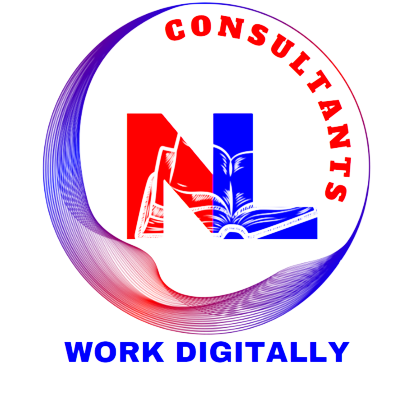The Impact of E-Learning and Online Education on Reducing Poverty.
E-learning and online education have revolutionized access to knowledge, making education more affordable, flexible, and widely available. For individuals in poverty-stricken regions, digital learning platforms provide a pathway to skills development, employment opportunities, and economic empowerment. This article explores how e-learning is helping to break the cycle of poverty and create a brighter future for millions.
1. Increased Access to Education for All
Challenge: Traditional education systems often exclude individuals due to high costs, geographic barriers, and limited resources.
Solution:
-
Online courses eliminate the need for physical classrooms, allowing students in remote areas to access quality education.
-
Platforms like Coursera, edX, uniathena and Khan Academy offer free or low-cost courses from top universities.
-
Mobile learning makes education accessible to those without computers but with smartphones.

2. Cost-Effective Learning Solutions
Challenge: Tuition fees, transportation, and learning materials make traditional education expensive, preventing low-income individuals from continuing their studies.
Solution:
-
Many online courses are free or significantly cheaper than traditional degrees.
-
Digital textbooks and open educational resources (OERs) reduce the cost of learning materials.
-
Scholarship programs for e-learning provide opportunities for underprivileged students.

3. Skills Development for Employment
Challenge: Many people in poverty lack marketable skills, limiting their job opportunities.
Solution:
-
E-learning provides access to job-relevant courses in fields like programming, digital marketing, and business management.
-
Online certifications from platforms like Udemy, LinkedIn Learning, and Google Skillshop help individuals qualify for better jobs.
-
Many companies now recognize online credentials, improving employment prospects.

4. Flexibility for Working Adults
Challenge: Many low-income individuals must work to support their families and cannot attend traditional schools.
Solution:
-
Online courses allow learners to study at their own pace while maintaining jobs.
-
Evening and weekend classes fit into busy schedules.
-
Micro-learning platforms provide short, skill-focused lessons that don’t require long study hours.

5. Bridging the Gender Education Gap
Challenge: Women and girls in poverty often face social and cultural barriers to attending school.
Solution:
-
Online education provides a safe, accessible way for women to continue learning.
-
Courses in business and entrepreneurship empower women to start their own businesses.
-
Organizations like Malala Fund support digital learning initiatives for girls in underserved communities.

6. Encouraging Entrepreneurship & Financial Independence
Challenge: Many people in poverty rely on low-paying jobs or unstable employment.
Solution:
-
E-learning platforms teach financial literacy, entrepreneurship, and business management.
-
Online marketplaces enable learners to monetize their skills (e.g., Fiverr, Upwork).
-
Free business training programs help aspiring entrepreneurs launch small businesses.

7. Overcoming Technological Barriers
Challenge: Many impoverished communities lack internet access or digital devices for e-learning.
Solution:
-
Governments and NGOs are investing in free Wi-Fi zones and internet subsidies.
-
Initiatives like One Laptop Per Child (OLPC) provide affordable learning devices to students.
-
Mobile-first learning platforms allow students to study via low-data apps.

Conclusion
E-learning is a powerful tool in the fight against poverty, providing access to education, job opportunities, and financial independence. As technology continues to evolve, online education will play a crucial role in breaking the cycle of poverty and empowering millions worldwide.







Leave a Reply